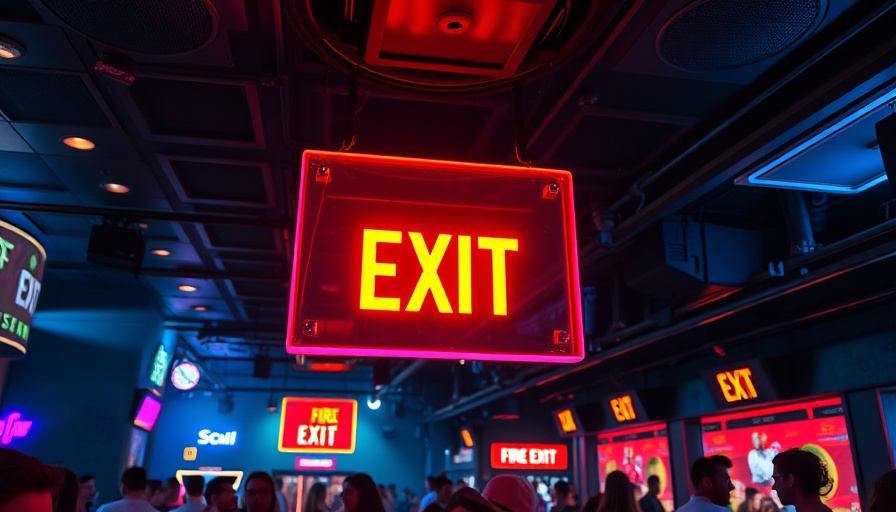
Understanding the Deadly Pattern of Nightclub Fires
The tragic fire at the Pulse nightclub in Kočani, North Macedonia, which claimed 59 lives and injured over 150 people during a concert, is a stark reminder of how nightclubs can become death traps. Witnesses reported chaos as flames erupted, fueled potentially by pyrotechnics—an increasingly common but dangerous feature in entertainment venues. This incident is not an isolated occurrence; it echoes a century-long legacy of nightclub fires that have wrought devastation across the globe.
Historical Context: A Series of Catastrophes
Since 1940, there have been at least 24 nightclub fires resulting in ten or more fatalities, amounting to an estimated 2,800 deaths. The Cocoanut Grove fire in Boston remains the deadliest, with 492 lives lost. Another notable incident, the Kiss nightclub fire in Brazil in 2013, killed 242 individuals, highlighting the catastrophic potential of overcrowded dance spaces and flammable materials.
Common Triggers of Nightclub Fires
Two predominant factors heighten fire risks in nightclubs: the use of pyrotechnics and the presence of flammable materials. Pyrotechnics, while visually spectacular, can become lethal when ignited in confined spaces. The rapid fire spread at the Pulse nightclub is reminiscent of similar disasters worldwide, such as the Colectiv Club fire in Romania and the Station nightclub incident in the U.S., where fire displays led to tragic losses due to insufficient safety measures and emergency exit access.
Recent Fires: A Continuing Trend
In the past two decades, incidents like the 2023 fire at Fonda Milagros in Spain, which resulted in 13 deaths, and the tragic events in other countries like Indonesia and Thailand, show a persistent pattern of danger within nightlife venues. Each incident not only leads to loss but raises questions about regulatory oversight and the need for stricter building codes.
The Need for Stricter Regulations
Despite historical precedents, regulations surrounding nightclub fire safety have often been lax. Inadequate fire safety measures—including blocked exits and poor enforcement of safety standards—are persistent issues faced by many venues worldwide. The recent events in North Macedonia underline the urgent need for improved licensing and safety inspections to prevent future tragedies.
A Community in Mourning: Lessons to Learn
The devastation of the recent fire in Kočani reverberates beyond just the victims and their families. The community now grapples with profound grief and a quest for accountability. As government officials investigate, many are calling for increased awareness and educational campaigns regarding fire safety in nightlife environments. This adds to an ongoing conversation on the responsibility of organizers and venue owners to prioritize the well-being of patrons.
What Can Be Done?
Addressing the tragic history of nightclub fires involves a multi-faceted approach, including better regulations, public awareness campaigns, and the implementation of stricter safety protocols. Nightclubs must host events with a fire safety mindset, including training for staff on evacuation procedures and the responsible use of pyrotechnics.
Looking Ahead: Promoting Safe Experiences
As we reflect on these events, a community-driven approach can push for actionable change in how nightclubs operate. Ensuring the safety and enjoyment of nightlife experiences for everyone should be a shared priority, supporting both fun and safety for all party-goers.
Call to Action: Advocating for Safer Nightlife
In light of the tragedies that have unfolded, it is imperative for community members to advocate for improved safety standards within entertainment venues. Attend regional health and wellness events focused on community safety, engage in discussions about regulations, and support local efforts that aim to promote a healthier nightlife culture.
 Add Element
Add Element  Add Row
Add Row 



 Add Row
Add Row  Add
Add 


Write A Comment